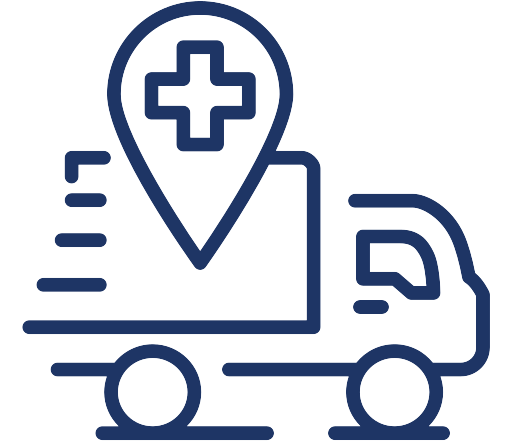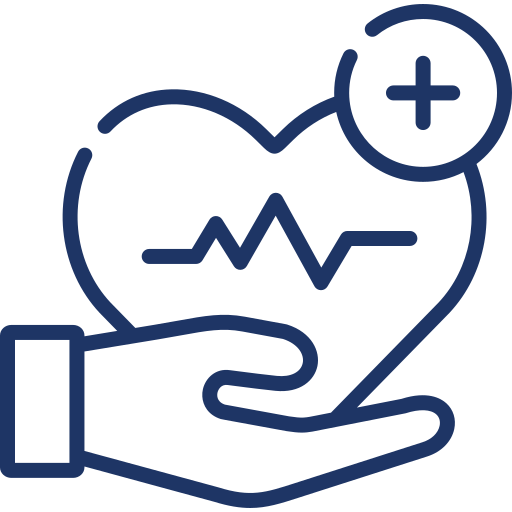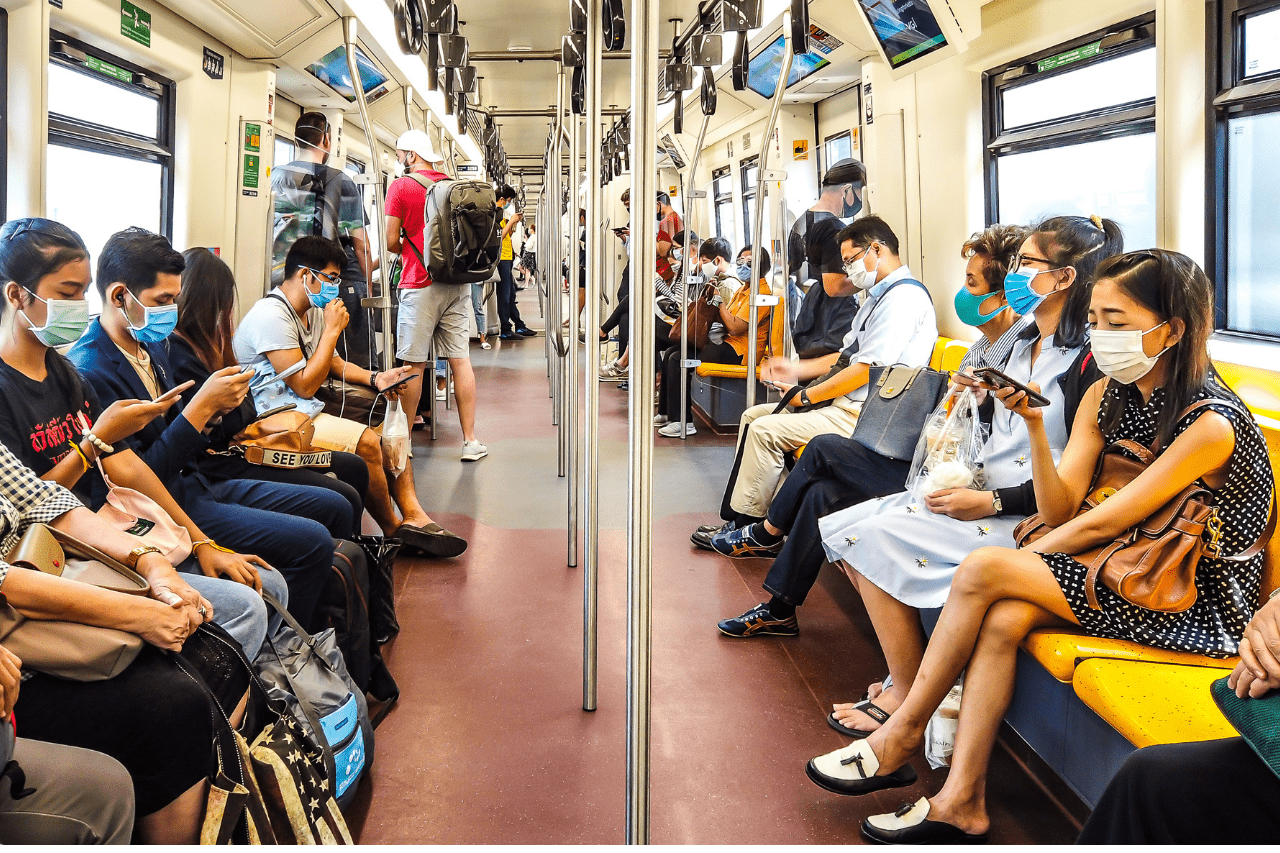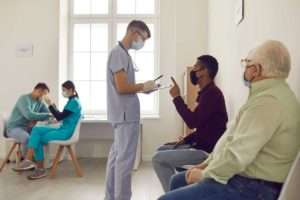Coronavirus Transmission in Closed Spaces
Coronavirus transmission in closed spaces is the first among the three C’s of COVID-19 transmission risk. The World Health Organization too has confirmed that closed spaces have the most risk. Transmission of droplets and aerosols in gyms, restaurants, banks, and similar enclosed areas cannot be avoided. First, it can be attributed to inadequate ventilation. Second, transmission occurs when there is close proximity to asymptomatic individuals. Third, it can happen when there is contact with contaminated surfaces.
If microscopic aerosols from virus-carrying droplets evaporate, there is risk of airborne transmission. Normal breathing, talking, and sneezing may seem like normal/regular actions but these are the culprits behind airborne transmission of the virus in closed spaces. This can increase the likelihood of having more COVID-19 disease infected persons.
Coronavirus Transmission in Crowded Places
Group size alone isn’t the main culprit for having a high number of COVID-19 disease infected patients. In fact, there is no magic number that would completely eliminate coronavirus transmission in crowded places. There are several things to watch out for. First, it can happen in a poorly-ventilated indoor area. Second, this can worsen if people are not wearing face masks or any other face covering. Or, if people are not observing social distancing rules, infection rate is increased. Third, if healthy individuals mingle with asymptomatic patients, there is always risk of transmitting the virus.
Safe to say, if one is observing physical distancing rules in a crowded place, properly protected, and limiting interaction – there is lower risk of getting infected. However, this isn’t an excuse to congregate or gather together whenever you want.
Studies prove that the percentage of COVID-19 disease infected individuals rises whenever there are large gatherings, whether indoors or outdoors. If there are more people per square foot area, especially if they are spending prolonged periods of face-to-face contact, there will always be a risk of coronavirus transmission.
Coronavirus Transmission through Close Contact
Research concludes that there is a lower risk of COVID-19 virus spread when people are observing physical distancing of one meter or more than when in a face-to-face setting of less than one meter.
Protection coronavirus infection is also increased with the use of face covering. However, N95 face masks are considered to provide the highest potential protection when compared with disposable surgical masks. Though cloth-based face masks don’t provide the same quality of protection like N95 face masks, it’s still a better option than having no face covering at all. The use of eye goggles and/or face shields are also encouraged to prevent coronavirus transmission through close contact setting.
Classifications of COVID-19 Three C’s
We have talked about COVID-19 three C’s: Closed Spaces, Crowded Places, & Close Contact. But what are the classifications of coronavirus transmission in these scenarios? According to research, the spread of COVID-19 disease has three categories: through aerosol transmission, through droplet transmission, and through hand transmission of the pathogens.
Aerosol transmission of coronavirus can happen: 1) during flushing in public toilets; when there’s fast-running tap water in restaurant kitchens and public sinks; during surgeries and medical procedures in hospitals.
Droplet transmission of coronavirus is when the saliva, tear, blood, or other body secretions of an infected patient are sprayed directly or have come in direct contact to the eyes, nose, or mouth of another person.
Hand transmission of coronavirus refers to direct physical touch between a COVID-19 patient and susceptible host. It can also happen when an infected person talks, coughs, or sneezes onto surfaces and then another individual unknowingly touches the contaminated surface.
Statcare is staffed with board certified emergency room physicians that have more expertise with COVID related lab tests, health care and treatment plan than the primary care physician
Statcare accepts all commercial health plans, including medicare and medicaid including plans belonging to Obamacare health insurance marketplace. If you are paying for your care, Statcare has affordable health care costs.










